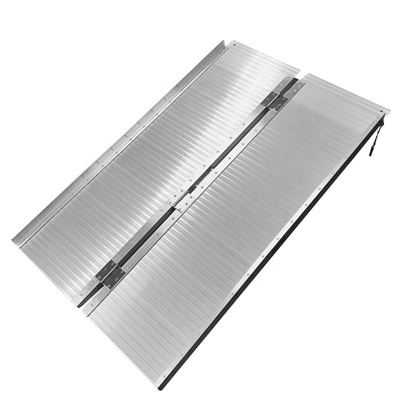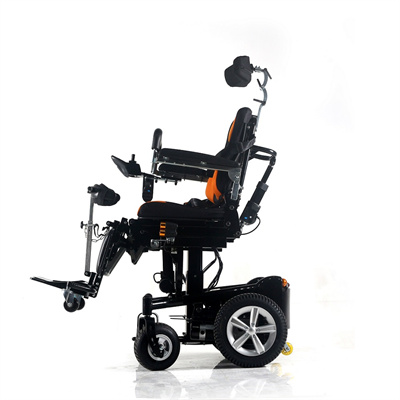Choosing a wheelchair-friendly vehicle is a crucial decision for individuals with mobility challenges and their caregivers. The right vehicle can greatly enhance mobility and independence. Here’s a guide to help you select a wheelchair-accessible vehicle:
- Vehicle Types:
- Minivans: Minivans are a popular choice for wheelchair accessibility due to their spacious interiors and lower floor height. They can accommodate both manual and power wheelchairs.
- Full-Size Vans: Full-size vans offer more interior space and can accommodate larger wheelchairs. They are suitable for those who need extra room.
- SUVs and Crossovers: Some SUVs and crossovers come with accessible conversions, offering a mix of off-road capability and interior space.
- Sedans and Cars: While less common, there are adaptations available for sedans and cars that allow wheelchair users to drive or ride comfortably.
- Conversion Types:
- Ramp Entry: Most accessible vehicles feature either side-entry or rear-entry ramps. Side-entry ramps are ideal for wheelchair users who want to drive from their wheelchairs. Rear-entry ramps are more suitable for passengers.
- Lifts: Some wheelchair-accessible vehicles use lifts to hoist the occupant and wheelchair into the vehicle. This option can be helpful for individuals with larger or heavier wheelchairs.
- Transfer Seats: Transfer seats swivel and lower, making it easier for individuals to transfer from their wheelchairs to the vehicle’s seat.
- Interior Space:
- Consider the interior space and layout of the vehicle. Ensure there is enough room for the wheelchair user to comfortably enter, exit, and maneuver inside the vehicle.
- Measure the dimensions of the wheelchair to make sure it fits within the vehicle’s specifications.
- Entry Method:
- Decide if you prefer to enter from the side or the rear of the vehicle. Side-entry vehicles are more common and offer more flexibility for driving or riding in various positions.
- Seating Arrangement:
- Determine how many passengers and caregivers need to be accommodated along with the wheelchair user. Some vehicles offer multiple seating configurations.
- Driving Accessibility:
- If the wheelchair user wishes to drive, consider adaptations such as hand controls, extended pedals, or a wheelchair docking system.
- Consult with a certified mobility equipment dealer to ensure proper installation and compatibility with your specific needs.
- Maintenance and Reliability:
- Research the reliability of the vehicle and the conversion equipment. Read reviews and seek recommendations from other wheelchair users.
- Regular maintenance is essential to keep the accessible features in working order.
- Budget and Funding:
- Wheelchair-accessible vehicles can be expensive, so it’s essential to establish a budget. Consider financing options and look into available grants or assistance programs.
- Test Drives and Evaluation:
- Before making a final decision, schedule test drives of different wheelchair-accessible vehicles to determine comfort, ease of use, and suitability for your needs.
- Safety Features:
- Pay attention to safety features such as securement systems for the wheelchair, anti-slip flooring, and wheelchair restraint systems.
- Warranty and Service:
- Inquire about the warranty for both the vehicle and the conversion equipment. Ensure that there is a network of service providers in your area.
- Consultation with Mobility Specialists:
- Work closely with certified mobility equipment dealers or specialists who have experience with wheelchair-accessible vehicles. They can provide expert guidance and recommendations based on your specific requirements.
Choosing the right wheelchair-accessible vehicle is a significant decision, and it’s important to take your time, do thorough research, and seek advice from professionals who specialize in mobility solutions. The goal is to find a vehicle that not only meets your accessibility needs but also provides comfort and reliability for your daily activities and travel.




















